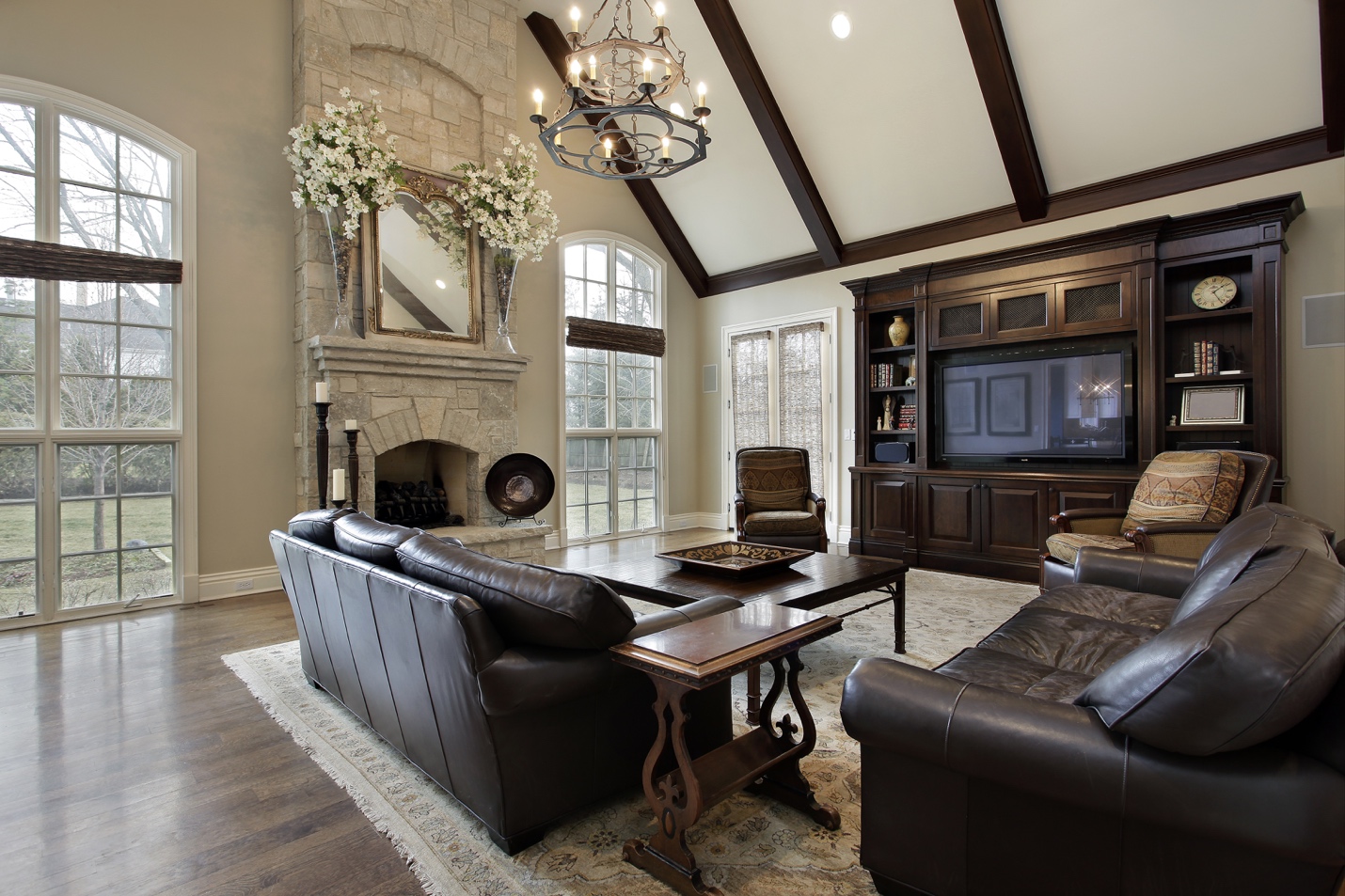Improve Productivity with Modern Collaboration Technology

Have you had to sit through the first ten minutes of a presentation where the presenter is unable to connect his laptop to get the presentation on the conference room screen? How about the conference call where everyone is almost shouting into the speakerphone, and the person on the other end sounds like they're underwater? If you hold a lot of meetings with multiple parties, chances are you've had one of these experiences.
It might be surprising, but even with all the new technology available today many businesses rely on antiquated conference room technology. In some cases, they can avail themselves of modern technology like Zoom and GoToMeeting conferencing on laptops and other devices, but when it comes to getting into a meeting room, the only equipment is a flat panel, a connection cable, and a speakerphone. That's not going to cut it in today's fast business world. Want to find out how to modernize your conference room audio video systems to increase your team’s productivity in Huntsville? Read on to learn more.
on Thursday, 24 January 2019.
Posted in Conference Room Audio Video Huntsville, AL, Conference Room Audio Video
3 Great Gift Ideas for the Audiophile in Your Life

It’s that time of year again, and we agonize again over what to get for the important people in your life. Here in Nashville, we have many music lovers and creatives – it’s called Music City for a reason. Music studios, artists, songwriters call Nashville home, not to mention legions of music fans of all stripes.
The chances are, then, that you have a music lover in your life. And music lovers can be quite picky about how their music sounds, so, not just any equipment will do. Whether they are audiophiles or only enthusiasts, listen on headphones, wireless speakers, digital streaming, or vinyl, they care about the sound.
The good news is that we are in a bit of a golden age for audio equipment. Very high-quality equipment is available at a variety of prices and styles that can please audiophiles and music lovers without breaking the bank. So if you have a high-end audio enthusiast in Nashville that you’re struggling to find just the right gift for, read on for a little help.
on Thursday, 20 December 2018.
Posted in High End Audio – Nashville, TN, High End Audio
Work With a Pro Early In Your Next Project

As an architect, interior designer, or builder, you’re not expected to be an AV expert. When working with your clients, you are working through a long list of requirements regarding floorplans, space utilization, design, lighting, and a host of other things. Your clients may very well want a sophisticated and flexible array of audio and video entertainment options in their new home, but sometimes the infrastructure and design aspects of that get lost in all the other details.
It’s much easier, simpler, and cheaper to incorporate home audio video design considerations early into your next project. Why? Because not thinking about wiring infrastructure – electrical and low-voltage – may affect the flexibility of what you can do later. Also, acknowledging specific client desires with regard to audio and video can influence the size and layout of rooms.
As experienced experts in home audio video system design and installation in the Nashville area, we recommend that you bring a pro – like us – early into your projects to avoid common mistakes that can be costly to rectify. Want to know more? Just keep reading.
on Thursday, 29 November 2018.
Posted in Home Audio Video Nashville, TN
Smarter Lighting With Home Automation
One of the most popular ways to upgrade a home to smart technology is with a lighting control system. Recent surveys of homeowners either renovating or building a house show that smart lighting features are of high interest along with intelligent climate and security systems. Smart lighting offers tangible benefits in energy efficiency as well as convenience and luxury.
While lighting control can provide greater convenience with remote control of lights from a device like a smartphone, adding automation in concert with other smart devices multiplies the benefits in energy conservation, security, and luxury.
Let’s look at five ways smart home automation works with a lighting control system to make your Huntsville home safer, more comfortable, and more economical.
on Friday, 19 October 2018.
Posted in Lighting Control System– Huntsville,AL, Lighting Control System








